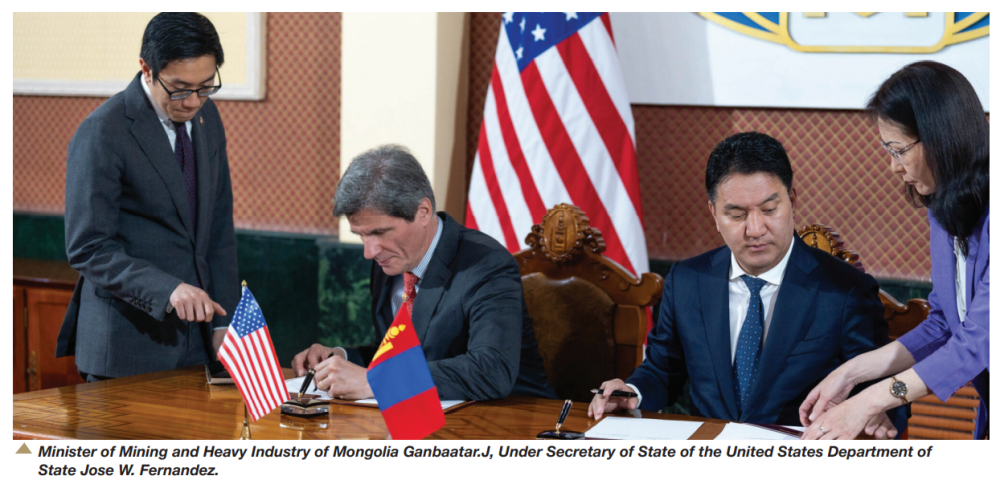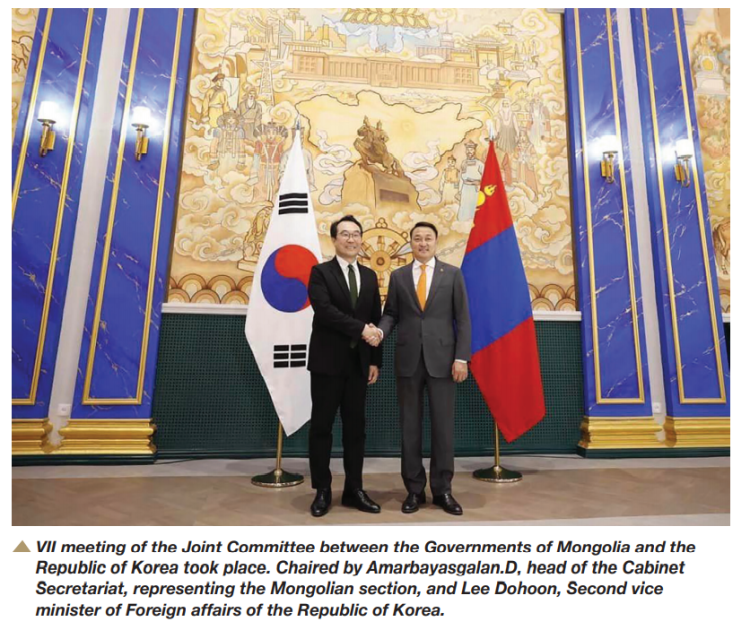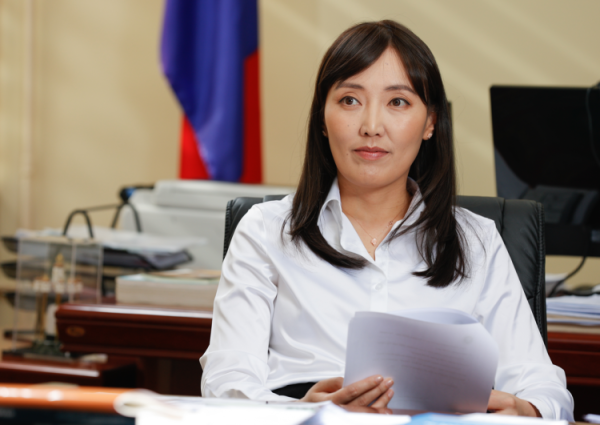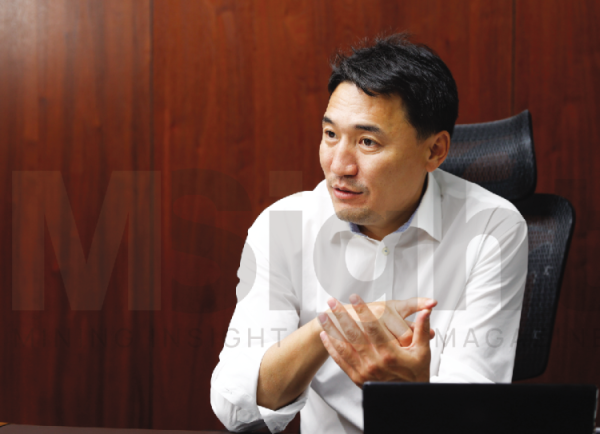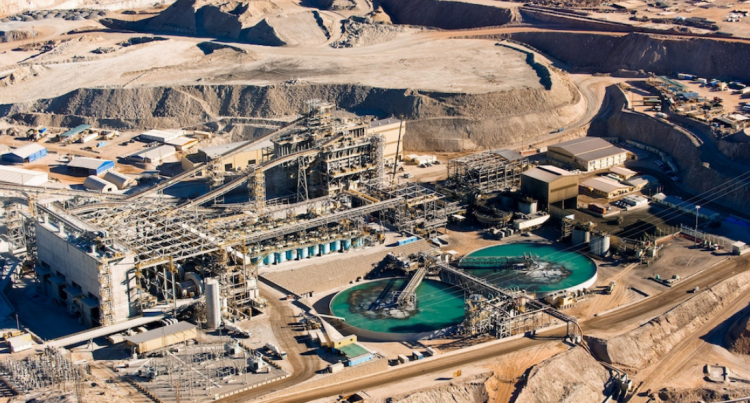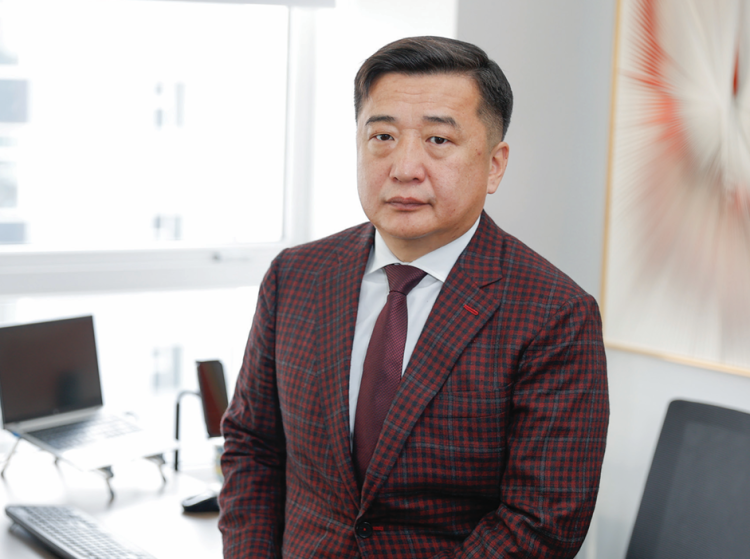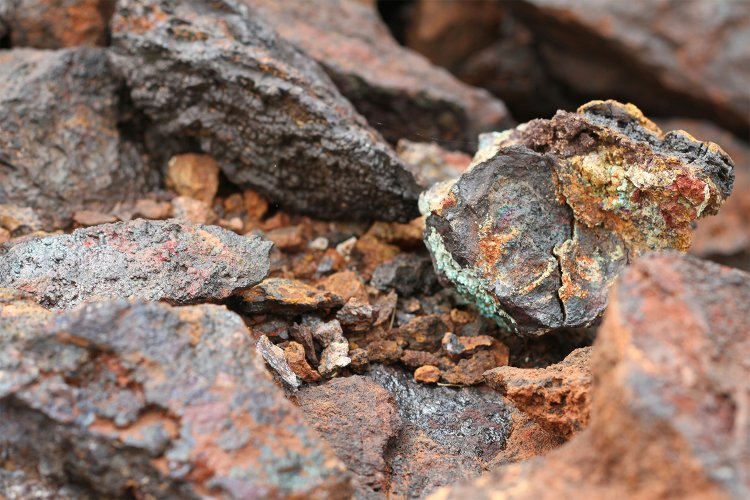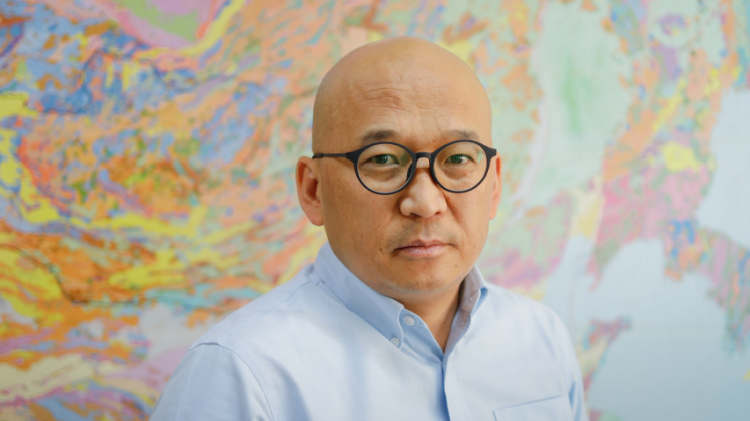misheel@mininginsight.mn
On June 27, 2023, Mongolia hosted its first-ever tripartite meeting on cooperation in critical minerals. The meeting brought together the Minister of Mining and Heavy Industry of Mongolia Ganbaatar.J, Under Secretary of State of the United States Department of State Jose W. Fernandez, Second Vice Minister of Foreign Affairs of the Republic of Korea Lee Dohoon, and other representatives. During the meeting, the three parties agreed to share their expertise in developing crucial mineral resources and establish a framework for technical and regulatory support from the United States to Mongolia. Additionally, collaboration in the area of occupational safety and health was also agreed upon. During the tripartite meeting, the speeches delivered by representatives from the United States and the Republic of Korea highlighted several noteworthy points. Under Secretary of the US Department of State Jose W. Fernandez, acknowledged Mongolia's abundant reserves of critical minerals, including rare earth elements. He emphasized that Mongolia would play a significant role in establishing a robust global supply network for these minerals, thereby stimulating economic growth and benefiting the country. On the other hand, the Second Vice Minister of Foreign Affairs of South Korea Lee Dohoon expressed gratitude towards the US State Department and Jose for their support in organizing the tripartite meeting. He acknowledged the escalating international competition for critical minerals necessary for the transition to clean energy and advanced technologies. South Korea affirmed its active participation in the Mineral Security Partnership (MSP), an initiative spearheaded by the United States to enhance the stability of this supply chain. The outcome of the tripartite agreement is whether Mongolia will be able to join South Korea in the critical mineral supply chain and connect with the United States through it.
WHAT IS A MINERAL SECURITY PARTNERSHIP OR MSP?
The Mineral Security Partnership, which was announced during the PDAC conference in June of the previous year, signifies a significant milestone in strengthening the global critical minerals network. This collaborative initiative involves key countries such as the United States, the European Union, the United Kingdom, Australia, Canada, Finland, France, Germany, Japan, South Korea, Sweden. The partnership aims to foster cooperation and coordination among these nations to ensure the security and sustainability of critical mineral supply chains. A joint statement endorsing this partnership was issued by President Joe Biden and Prime Minister Narendra Modi during the latter's visit to the United States on June 20. This announcement underscores the commitment of participating countries to work together in addressing the challenges and opportunities associated with critical minerals, further reinforcing global mineral resource security.
During the African Mining Indaba Conference held in Cape Town, South Africa on February 7, 2023, partner countries reaffirmed their commitment to assisting countries with critical mineral resources in meeting high environmental, social, and governance (ESG) standards. In addition to the partner countries and host countries, the meeting saw the participation of Angola, Botswana, the Democratic Republic of Congo (DRC), Tanzania, Uganda, and Zambia. The outcome of the meeting was a collective decision to support ESG projects aimed at promoting sustainable and responsible mining practices in the region.
US PARTICIPATION IN THE MSP
The MSP is focused on ensuring a stable supply of critical minerals necessary for carbon-free vehicles and clean energy sources. It addresses the concern that a significant portion of these minerals, with more than 20 types identified as critical, are primarily sourced from China, including 13 of them. For instance, according to data from the Statista online platform, China's production accounted for 98% of gallium metal, a key component in semiconductors and nanoelectronics, 90% of the magnesium used in wind turbine magnets, and 84-70% of tungsten, bismuth, and rare earth elements. In light of this concentration of mineral production in China, the United States has expressed its intention to reduce reliance on a single source and diversify supply chains. This objective has been further reinforced by the visits and engagements of Jose V. Fernandez, who assumed the role in 2021. Two months after assuming the position, Jose V. Fernandez participated in the Indo-Pacific Business Forum in 2021. The Forum centered around the theme of a sustainable future, emphasizing the need to move away from an economy that harms the environment and instead focus on resource conservation. It underscored the importance of developing clean energy solutions and infrastructure to support the transition to a cleaner and more sustainable energy landscape. Following this, Jose's next visit took place in Chile on April 21, 2022. Chile, as a single country, possesses the potential to supply 26 percent of the world's lithium and 27 percent of its copper, both critical minerals for the global clean energy transition in 2021. Discussions with Chile encompassed topics such as climate change, regional trade, investment support, and opportunities for enhancing economic ties between the two countries. Jose V. Fernandez, as a representative of the United States, attended the International Mining Ministers' Meeting held on June 13-14, 2022. Additionally, at the PDAC conference, the United States highlighted its objective of establishing a reliable and responsible supply chain for critical minerals and metals necessary for electric vehicle batteries, aligning with global climate change objectives, which served as the foundation for the MSP. In September 2022, Jose, alongside Secretary of State Anthony J. Blinken, undertook a state visit to Mexico, Panama, and Costa Rica. During these visits, discussions revolved around the goals of clean energy transition and fostering a green future. In December, Jose participated in trade and cooperation discussions between the United States and the European Union, further emphasizing the importance of clean energy transition and its role in shaping a sustainable future. Throughout the year, Jose engaged in discussions with various countries, including South Korea, Japan, France, and the United Arab Emirates, addressing the significant challenges facing the world. These discussions focused on promoting supply chain flexibility, supporting the clean energy transition and combating climate change, and providing assistance for emerging technologies.
WHAT IS NEXT?
During the African Mining Indaba meeting in Cape Town, Angola, Botswana, the Democratic Republic of Congo (DRC), Tanzania, Uganda, Zambia, and South Africa came together and signed a memorandum of cooperation. In December of the previous year, the DRC and Zambia joined forces to sign this agreement. The DRC holds a significant position as it supplies 71 percent of the global cobalt production, a critical mineral, and ranks fourth in copper production. Zambia, on the other hand, is the second-largest cobalt producer in Africa and the eighthlargest copper producer globally. Tanzania possesses reserves of rare earth elements such as praseodymium and neodymium, as well as deposits of lithium, cobalt, nickel, and graphite reserves, ranking sixth in the world for graphite. Angola promotes itself as possessing 36 of the 51 critical minerals required worldwide. South Africa holds reserves of manganese, nickel, and platinum, while Zimbabwe is rich in lithium, and Uganda possesses tungsten and tin resources. The African continent has significant potential in terms of critical minerals. To further explore and determine the possibilities for our country, it is crucial to intensify the tripartite meetings and promptly establish a joint research center with the Republic of Korea.
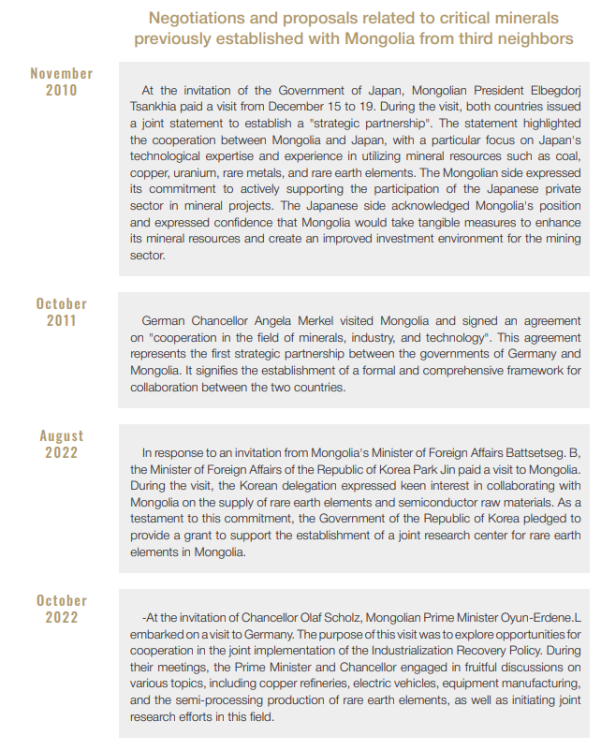 Mining Insight Magazine №06 (019), June 2023
Mining Insight Magazine №06 (019), June 2023


